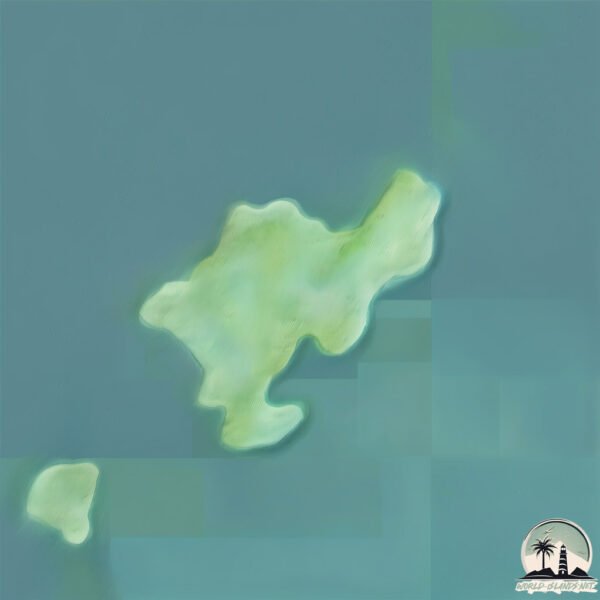Castle

Welcome to Castle, a Continental island in the Gulf of Alaska, part of the majestic Arctic Ocean. This guide offers a comprehensive overview of what makes Castle unique – from its geography and climate to its population, infrastructure, and beyond. Dive into the details:
- Geography and Size: Explore the island’s size and location.
- Climate and Weather: Weather patterns and temperature.
- Topography and Nature: Uncover the natural wonders of the island.
- Infrastructure and Travelling: Insights on reaching, staying, and making the most of your visit.
- News and Headlines: Latest News.
Geography and size of Castle
Size: 1.377 km²
Coastline: 6.4 km
Ocean: Arctic Ocean
Sea: Gulf of Alaska
Continent: North America
Castle is a Small Island spanning 1.4 km² with a coastline of 6.4 km.
Archipel: Canadian Arctic Archipelago – A vast and remote region in northern Canada, consisting of a series of large and small islands known for their extreme Arctic environment and unique wildlife.
Tectonic Plate: North America – Covers North America and parts of the Atlantic and Arctic Oceans, characterized by diverse geological features and varying levels of seismic activity.
The geographic heart of the island is pinpointed at these coordinates:
Latitude: 59.57979749 / Longitude: -139.952114
Climate and weather of Castle
Climate Zone: Continental
Climate Details: Warm-Summer Humid Continental Climate
Temperature: Warm Summer
Climate Characteristics: Features warm summers and cold winters with consistent precipitation, common in higher latitudes.
Topography and nature of Castle
Timezone: UTC-05:00
Timezone places: America/New_York
Max. Elevation: 117 m
Mean Elevation: 18 m
Vegetation: Open Woodland
Tree Coverage: 56%
The mean elevation is 18 m. The highest elevation on the island reaches approximately 117 meters above sea level. The island is characterized by Plains: Flat, low-lying lands characterized by a maximum elevation of up to 200 meters. On islands, plains are typically coastal lowlands or central flat areas.
Dominating Vegetation: Open Woodland
Characterized by sparsely distributed trees with open canopy allowing sunlight to penetrate, supporting grasses and shrubs underneath. Often found in drier or transitional environments. Castle has a tree cover of 56 %.
Vegetation: 6 vegetation zones – Very Highly Diverse Island
Islands in this range are ecological powerhouses, showcasing a wide array of vegetation zones. Each zone, from lush rainforests to arid scrublands, coastal mangroves to mountainous regions, contributes to a complex and interdependent ecosystem. These islands are often hotspots of biodiversity, supporting numerous species and intricate ecological processes.
Infrastructure and Travelling to Castle
Does the island have a public airport? no.
There is no public and scheduled airport on Castle. The nearest airport is Merle K (Mudhole) Smith Airport, located 23 km away.
Does the island have a major port? no.
There are no major ports on Castle. The closest major port is SHEPARD POINT, approximately 49 km away.
The mean population of Castle is 0 per km². Castle is Uninhabited. The island belongs to Canada.
Continuing your journey, Copper Sands is the next notable island, situated merely km away.
Canada is classified as Developed region: G7: Group of Seven – Major advanced economies, including Canada, France, Germany, Italy, Japan, the United Kingdom, and the United States. The level of income is High income: OECD.
News – Latest Updates and Headlines from Castle
Stay informed with the most recent news and important headlines from Castle. Here’s a roundup of the latest developments.
Please note: The data used here has been primarily extracted from satellite readings. Deviations from exact values may occur, particularly regarding the height of elevations and population density. Land area and coastline measurements refer to average values at mean high tide.
